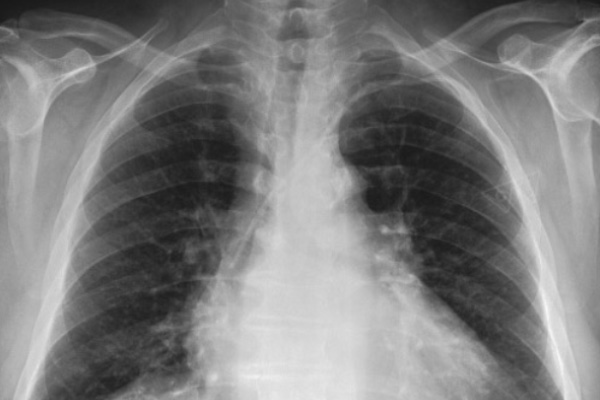
The most frequent diagnostic x-ray examination is a chest x-ray. A chest x-ray gives images of the heart, lungs, airways, blood vessels, and spine and chest bones.
An x-ray exam helps doctors in the diagnosis and treatment of medical disorders. It exposes you to a small dose of ionizing radiation in order to obtain images of the inside of the body. X-rays are the oldest and most often used form of medical imaging.
The chest x-ray is performed to evaluate the lungs, heart and chest wall.
Typically, a chest x-ray is the initial imaging test done to assist detect symptoms such as:
The examination is used by physicians to help diagnose or monitor therapy for illnesses such as:
X-rays, like light and radio waves, are a type of radiation.The equipment emits a brief blast of radiation that travels through your body. The radiation creates a picture, which is then recorded on photographic film or a specific detector.
The x-rays are absorbed to differing degrees by different areas of the body. Dense bone absorbs most of the radiation, while soft tissue (muscle, fat, and organs) allows more x-rays to flow through. As a result, bones look white on x-rays, soft tissue appears grey, and air appears black.
The ribs and spine absorb a lot of radiation and look white or light grey on a chest x-ray. Because lung tissue absorbs less radiation, it appears dark on the image.
The majority of x-ray images are digital files that are electronically stored. Your doctor will have easy access to these saved images in order to diagnose and manage your condition.
